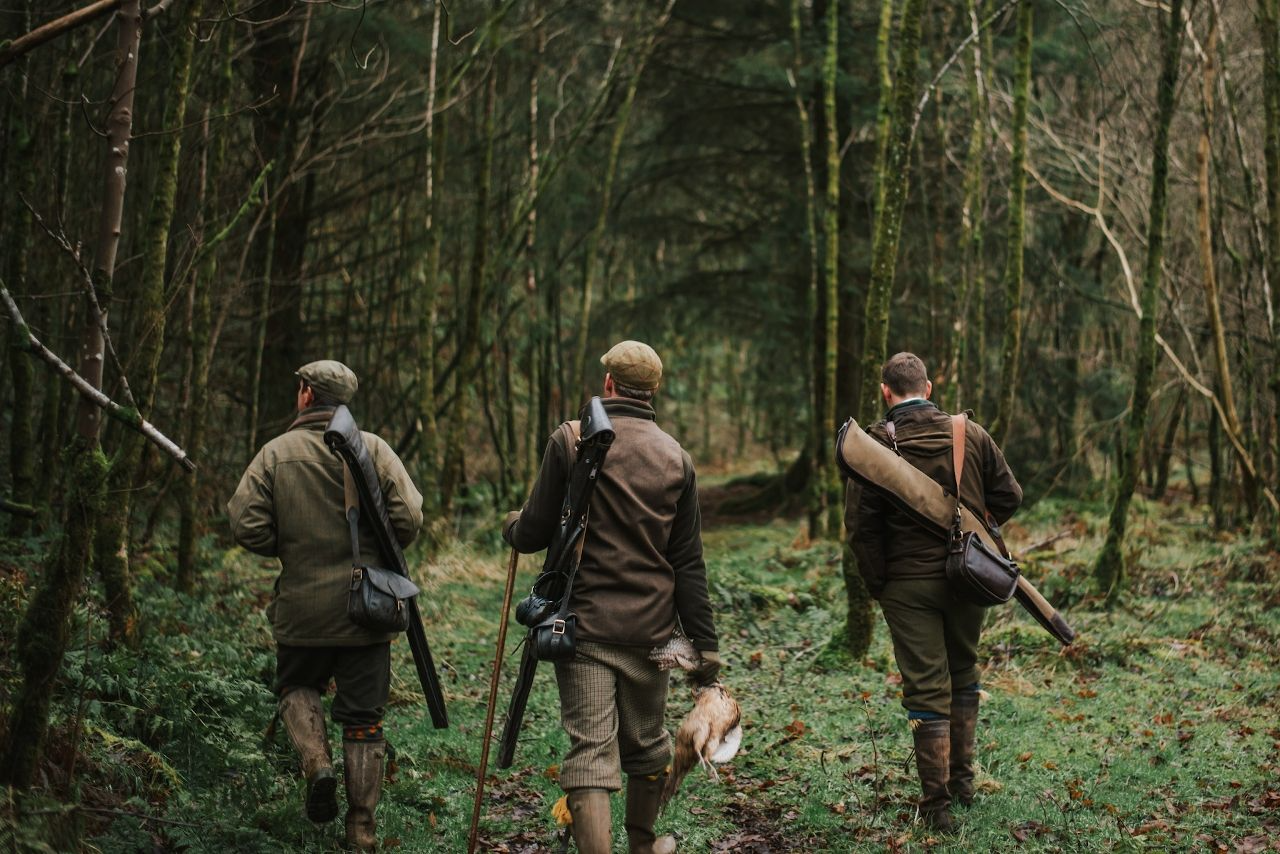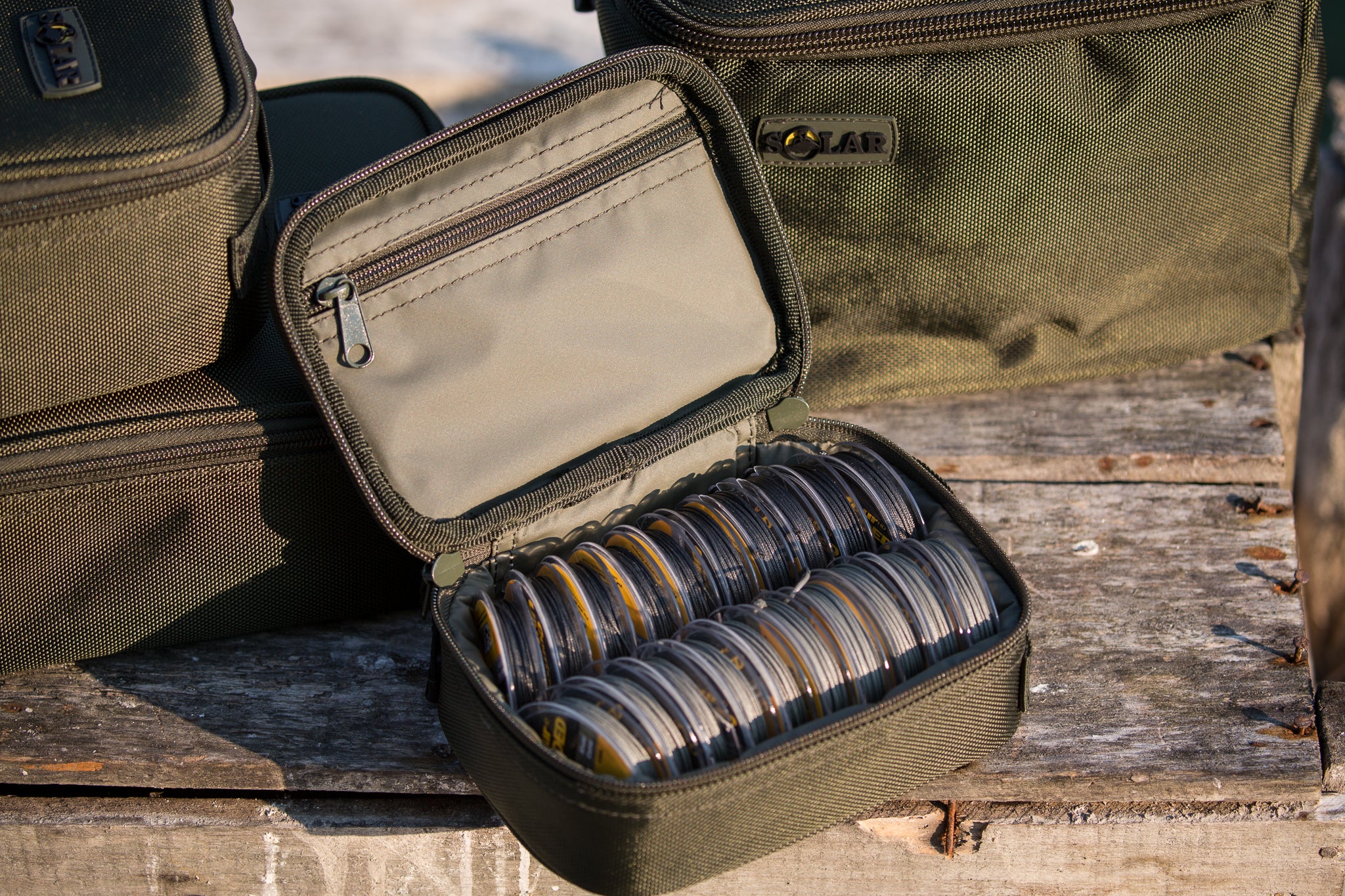Fly fishing
Fly fishing is a popular angling method that involves using artificial flies to catch fish. Unlike conventional fishing, which typically relies on bait or lures to attract fish, fly fishing involves casting a light fly made of feathers, fur, or synthetic materials to entice fish to bite. Fly fishing has a rich history and has become an increasingly popular sport around the world. In this article, we will explore the basics of fly fishing, including equipment, techniques, and the benefits of this exciting sport.

Fly fishing
Equipment for fly fishing:
To begin fly fishing, you'll need to have some basic equipment. The most important piece of equipment is the fly rod. Fly rods come in various lengths and weights and are typically made of graphite, fiberglass, or bamboo. The weight of the rod will depend on the size of the fish you are targeting and the type of water you'll be fishing in.

In addition to the fly rod, you'll need a reel and line. The reel is used to hold the line, which is essential for casting the fly. There are many different types of fly lines, and the one you choose will depend on the type of water you're fishing in and the size of the fish you're targeting.
Fly fishing also requires some specialized flies. These flies are designed to mimic the insects and other prey that fish feed on. There are many different types of flies, and each one is designed to imitate a specific insect or other prey.

In addition to the fly rod, you'll need a reel and line. The reel is used to hold the line, which is essential for casting the fly. There are many different types of fly lines, and the one you choose will depend on the type of water you're fishing in and the size of the fish you're targeting.
Fly fishing also requires some specialized flies. These flies are designed to mimic the insects and other prey that fish feed on. There are many different types of flies, and each one is designed to imitate a specific insect or other prey.
Techniques for fly fishing:
One of the key aspects of fly fishing is the casting technique. The casting technique used in fly fishing is different from that used in conventional fishing. To cast the fly, you need to use a smooth, fluid motion that allows the line to extend behind you before you bring it forward in a gentle motion. Timing is also important, and you need to learn to release the line at the right moment to ensure that the fly lands in the right spot.
Once the fly is in the water, you'll need to use a variety of techniques to entice the fish to bite. This can include stripping the line, which involves pulling the line in a series of quick jerks to make the fly move in a lifelike manner. You can also use a technique called "mending," which involves adjusting the line to keep the fly in a particular position or to avoid drag.
Once the fly is in the water, you'll need to use a variety of techniques to entice the fish to bite. This can include stripping the line, which involves pulling the line in a series of quick jerks to make the fly move in a lifelike manner. You can also use a technique called "mending," which involves adjusting the line to keep the fly in a particular position or to avoid drag.
Benefits of fly fishing:
Fly fishing is not just a great way to catch fish; it also has a number of other benefits. One of the primary benefits of fly fishing is that it allows you to connect with nature in a unique way. Whether you're fishing in a river, lake, or stream, you'll be surrounded by the beauty of nature and all the sights and sounds that come with it.
Fly fishing is also a great way to relieve stress and improve mental health. There is something about being out on the water and focusing on the task at hand that can be incredibly calming and relaxing. For many people, fly fishing is a form of therapy that can help them disconnect from the stress of daily life and find peace and tranquility in nature.
Fly fishing is also a great way to relieve stress and improve mental health. There is something about being out on the water and focusing on the task at hand that can be incredibly calming and relaxing. For many people, fly fishing is a form of therapy that can help them disconnect from the stress of daily life and find peace and tranquility in nature.
Conclusion:
Fly fishing is a unique and exciting sport that offers many benefits. Whether you're an experienced angler or just starting, fly fishing can be a great way to enjoy the beauty of nature and catch some fish in the process. By learning the basics of fly fishing equipment, techniques, and the benefits of this sport, you can start exploring all that this wonderful sport has to offer. So, grab your fly rod and head out to the water - you never know what you might catch!























